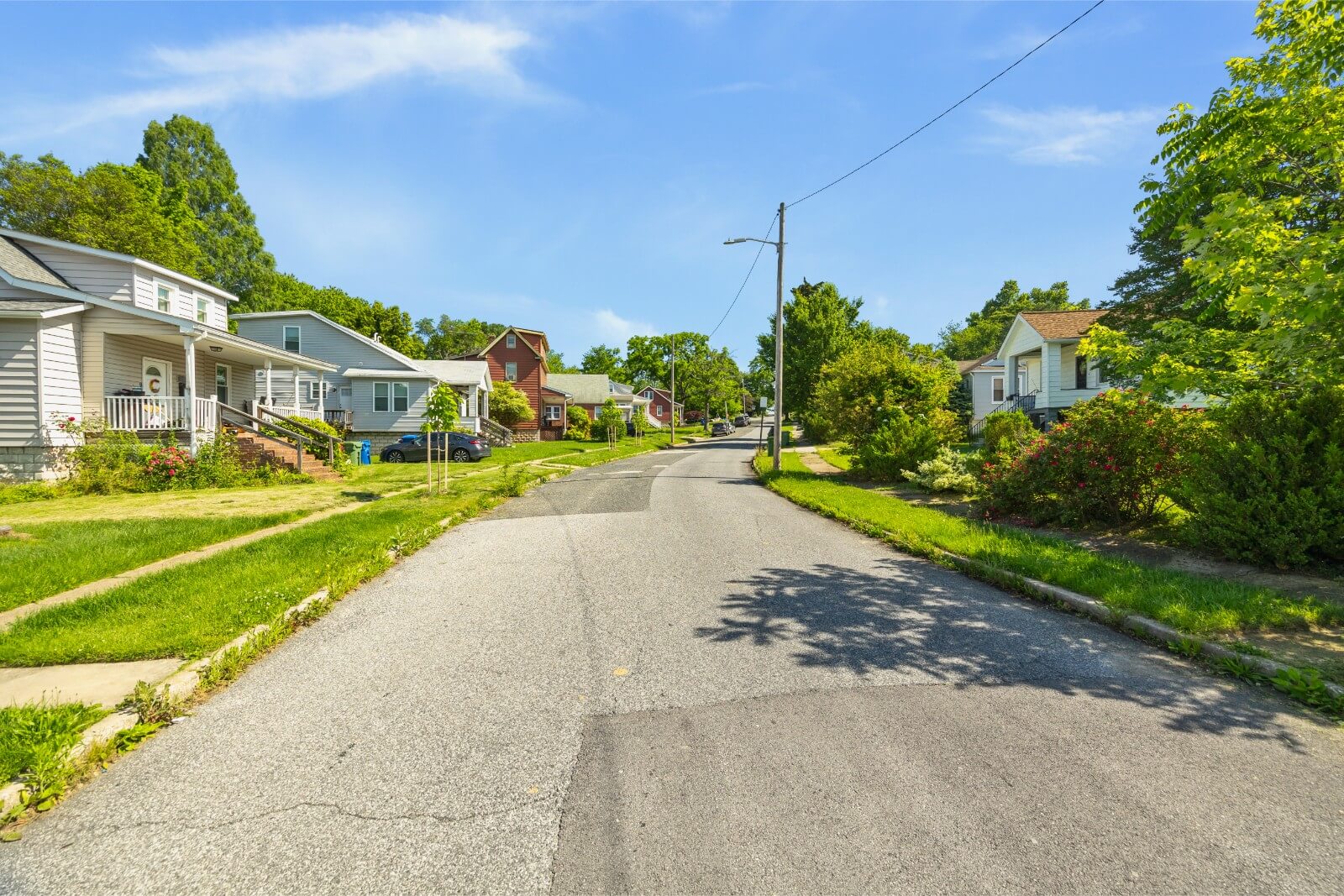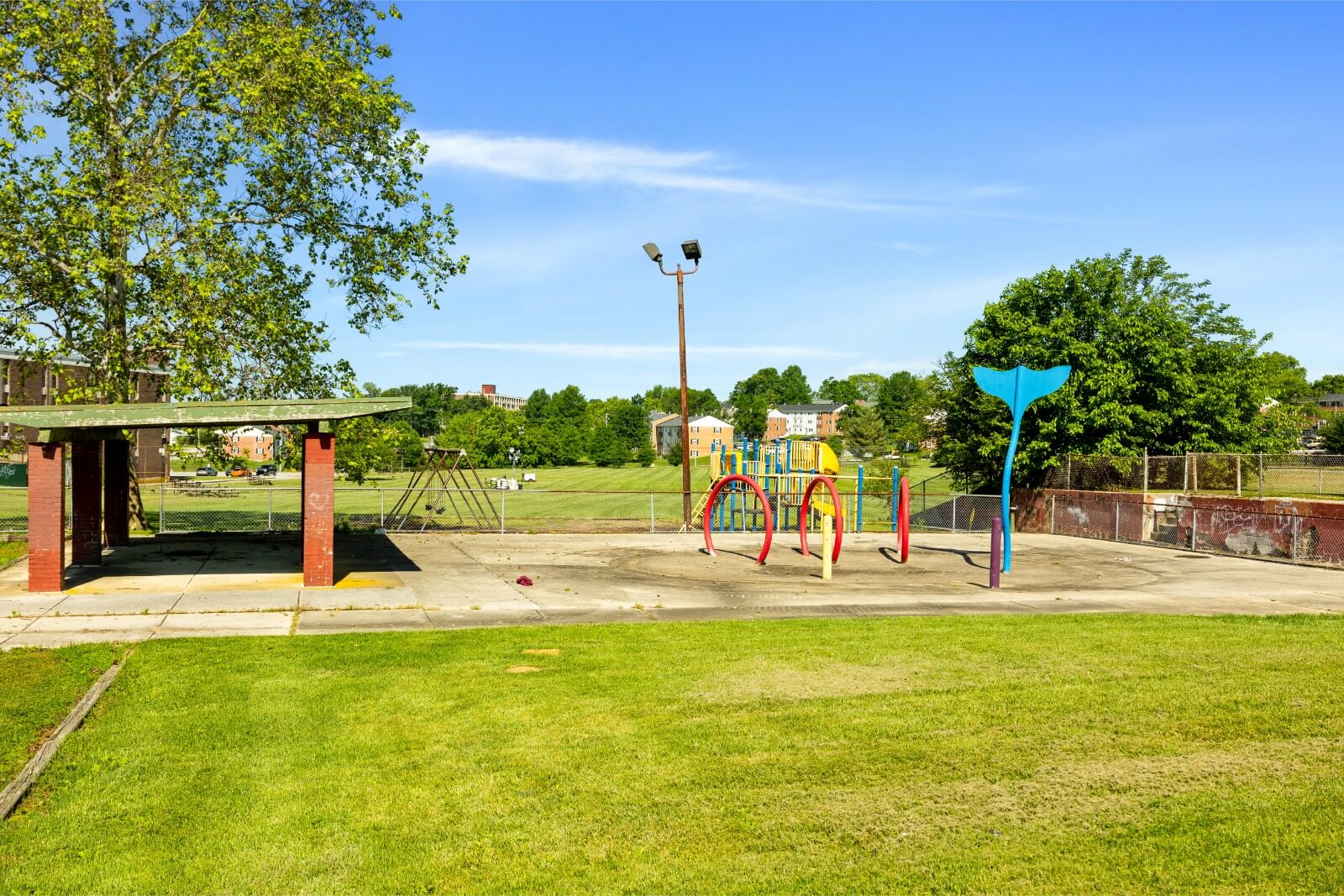
The Hamilton-Lauraville area includes one of the oldest neighborhoods in the city, Lauraville, which dates to the 1850’s. It was established by a small settlement that largely catered to the families of lumber mill workers. The mill was owned by John Henry Keene, who named the town after his daughter, Laura. Throughout its history, the population was largely German, although in recent years it has become much more diverse with about a 50% black and 40% white population.
Businesses, restaurants, and other local amenities can be found in Hamilton-Lauraville Main Street, a vibrant, walkable commercial corridor. The area has an abundance of single-family homes with sizeable yards and its proximity to parks offers plenty of green spaces.
Hamilton-Lauraville residents enjoy a suburban feel with tree-lined streets and open parkland as well as the walkability and affordability of this Baltimore City gem.


Healthy Neighborhoods is partnered with Hamilton-Lauraville Main Street
Learn more about Coldstream Homestead Montebello: Hamilton-Lauraville Gardening

